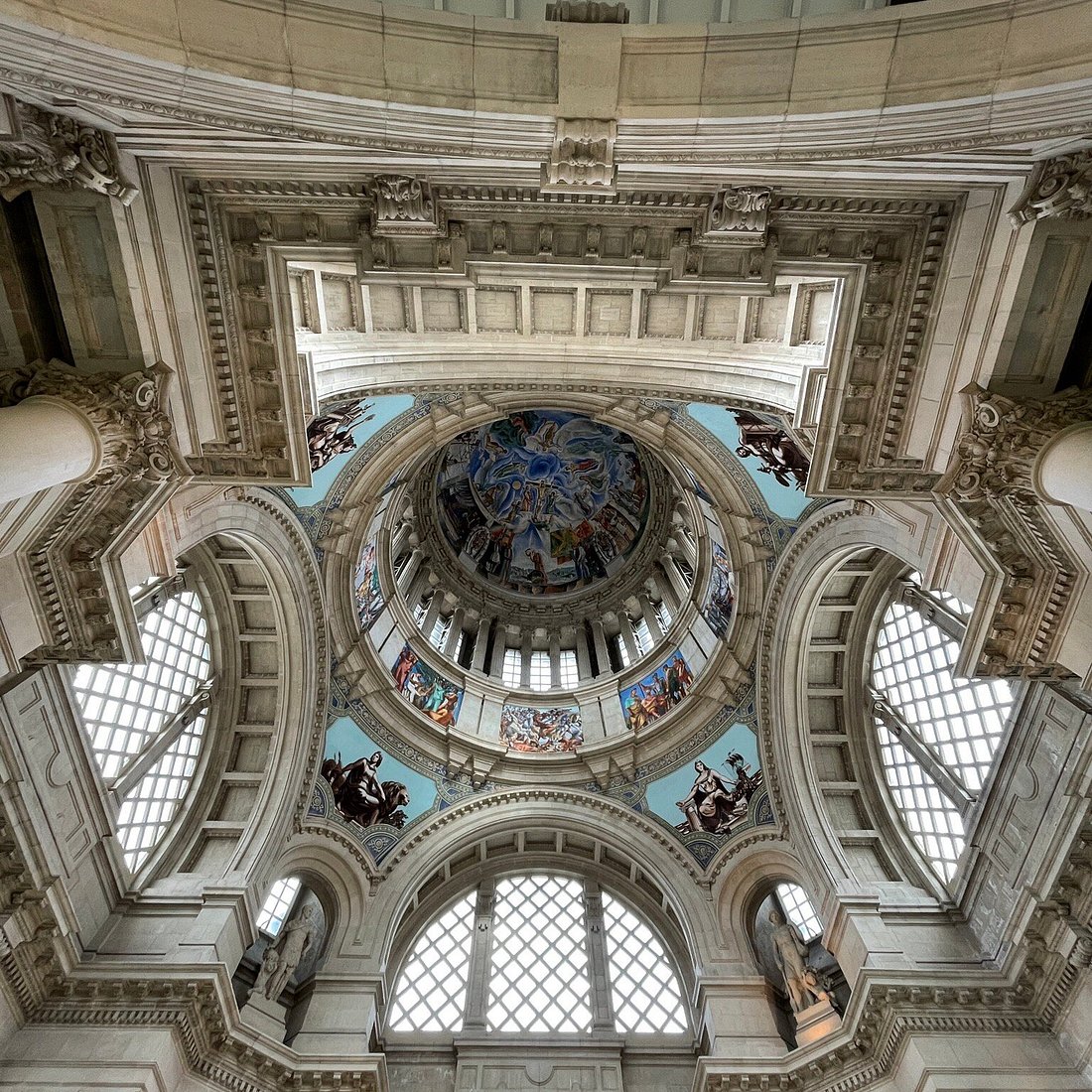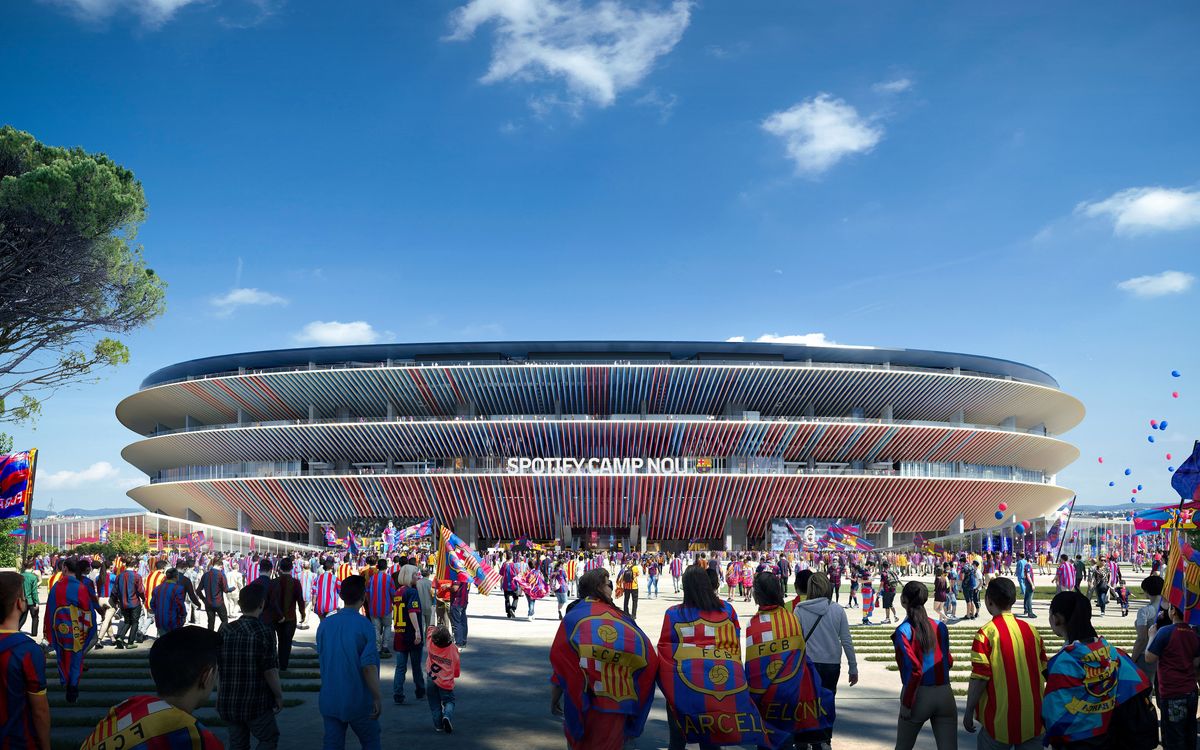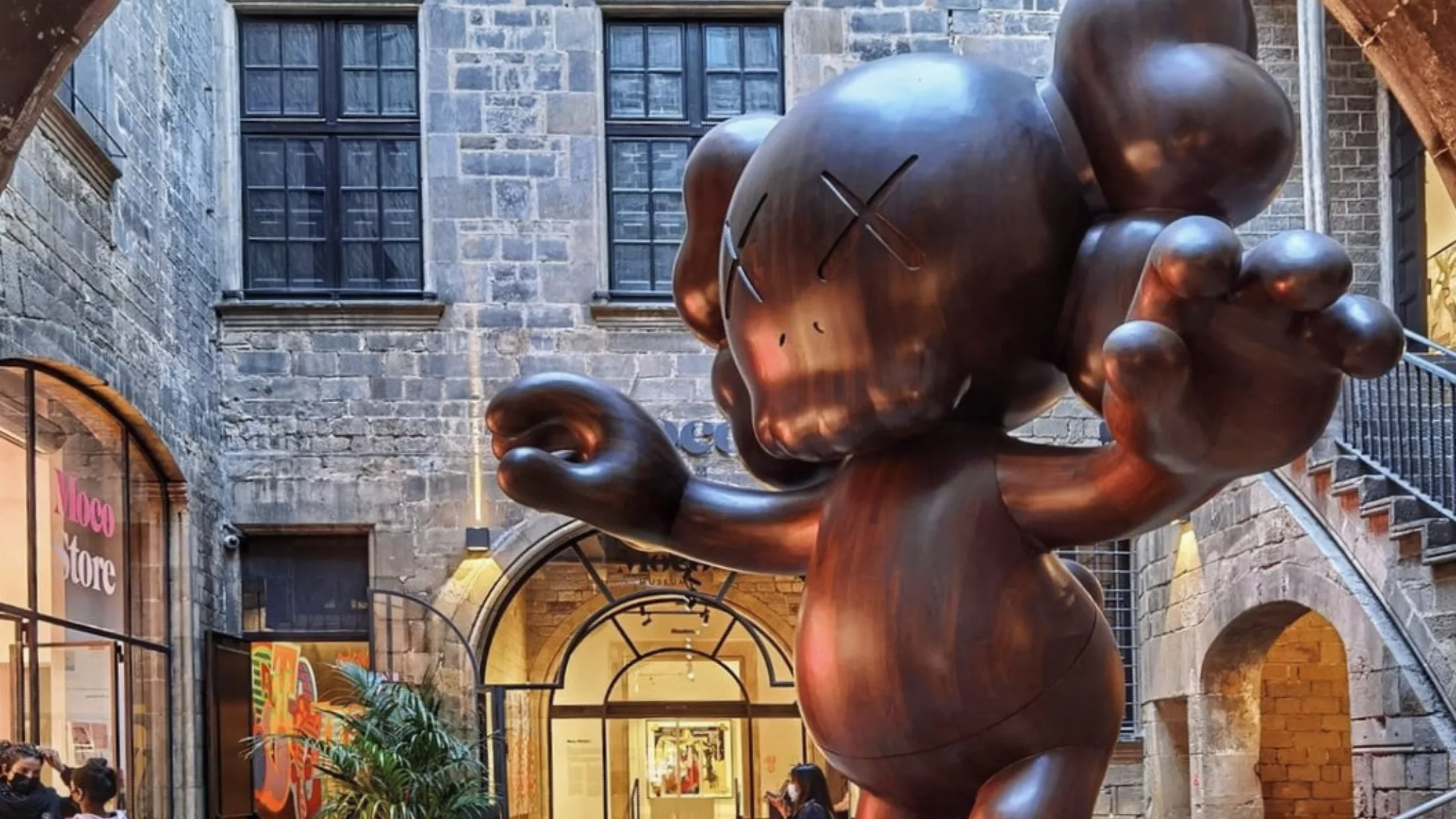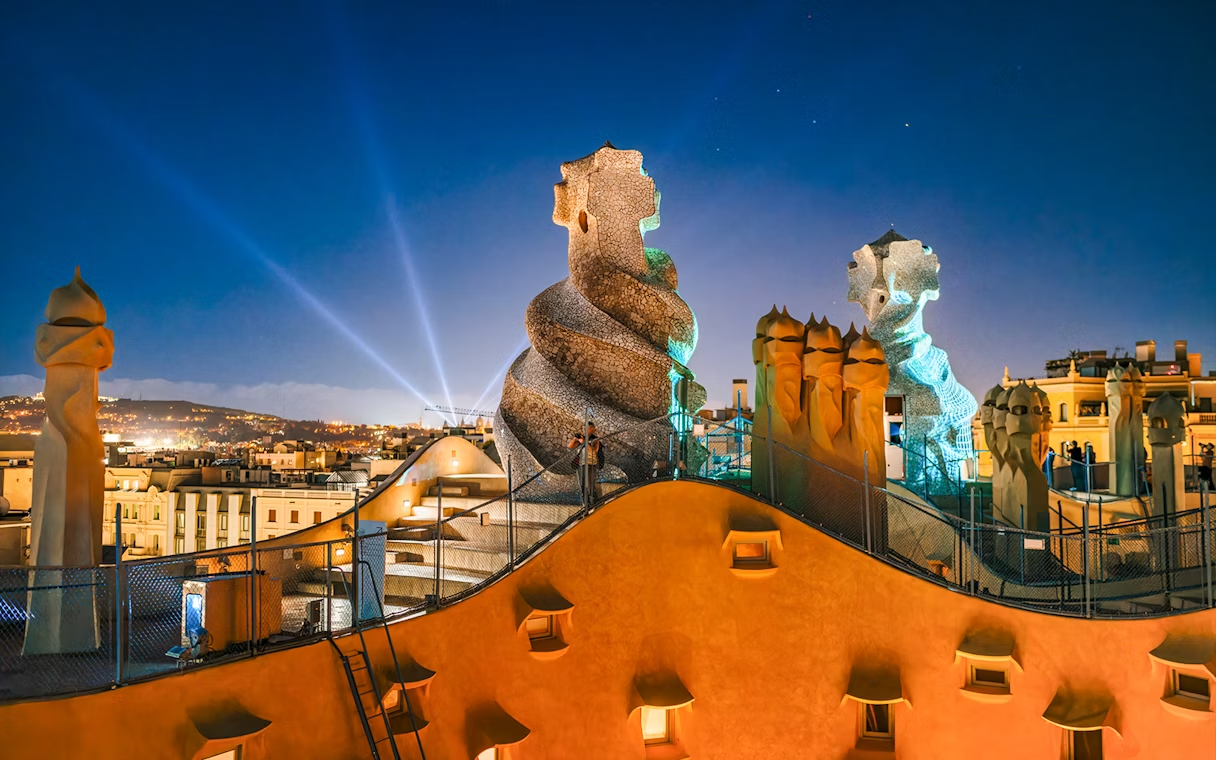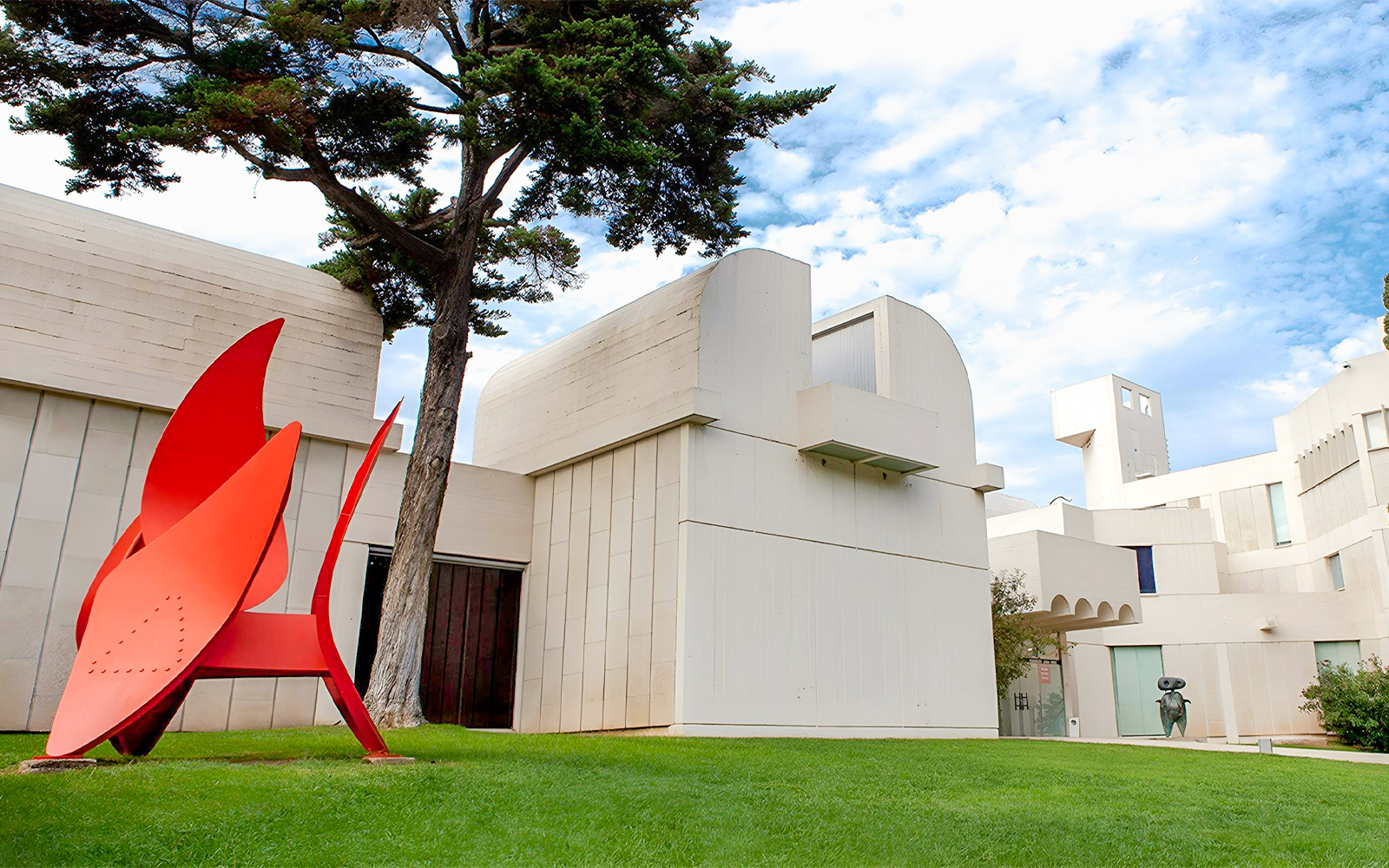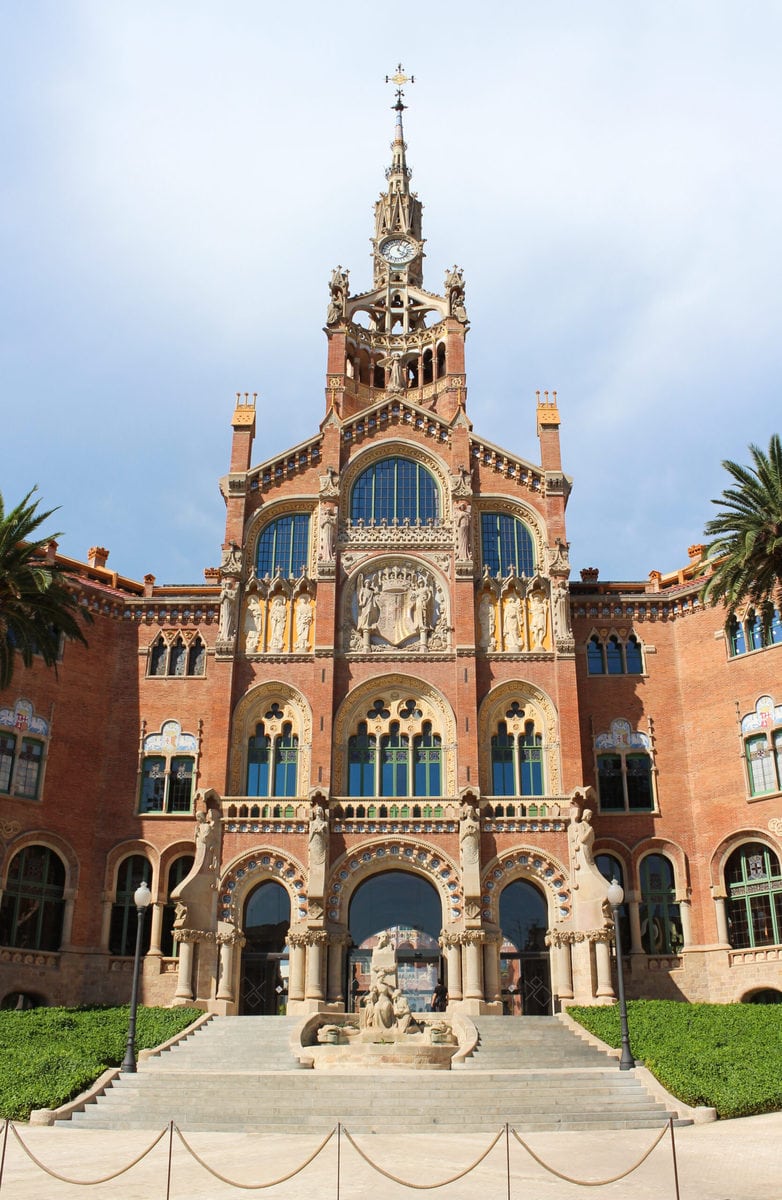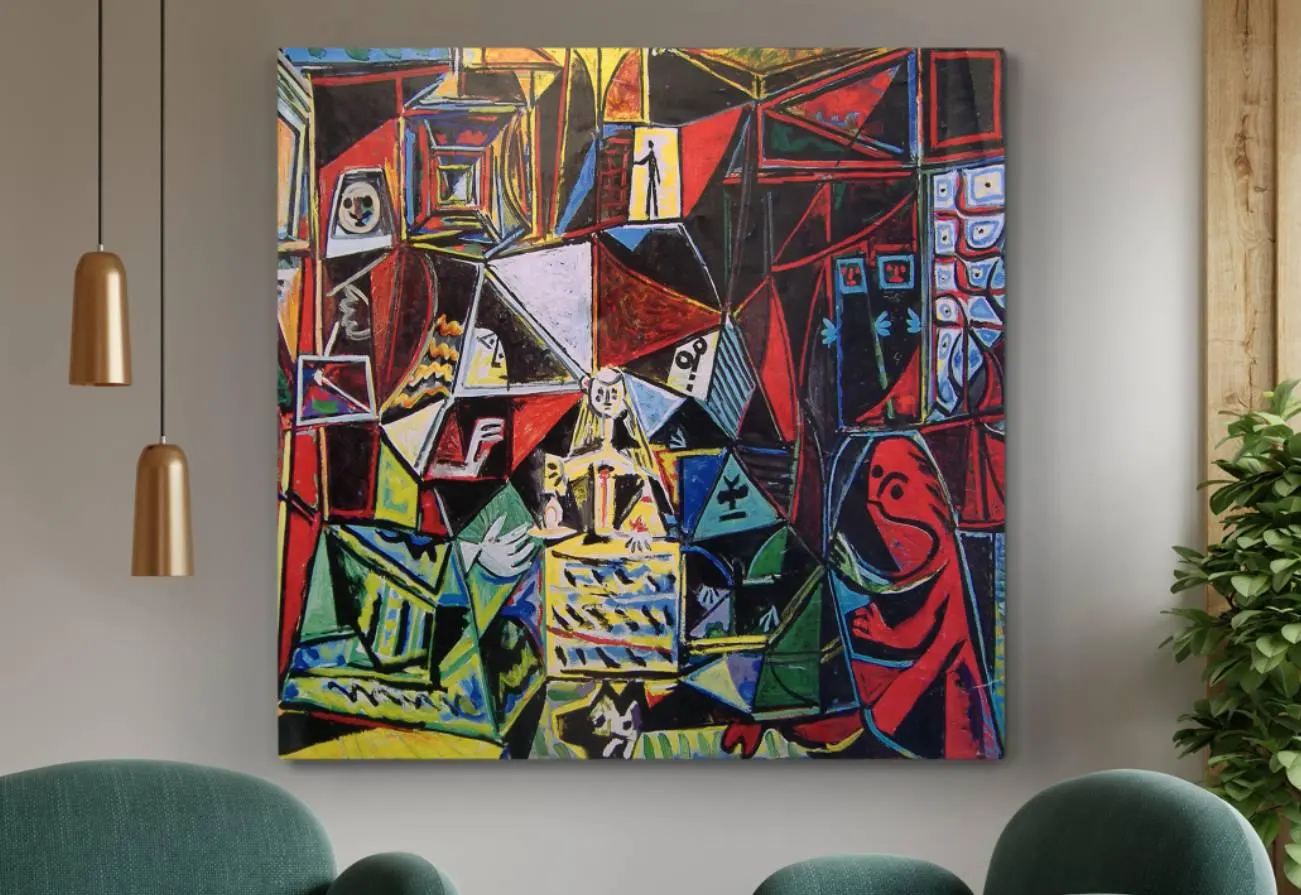What is There to See?
MNAC’s collection is one of the most important in Spain, especially for lovers of medieval, Gothic, and modernist art. It’s laid out by time period and style — making it easy to follow the flow of Catalan art history.
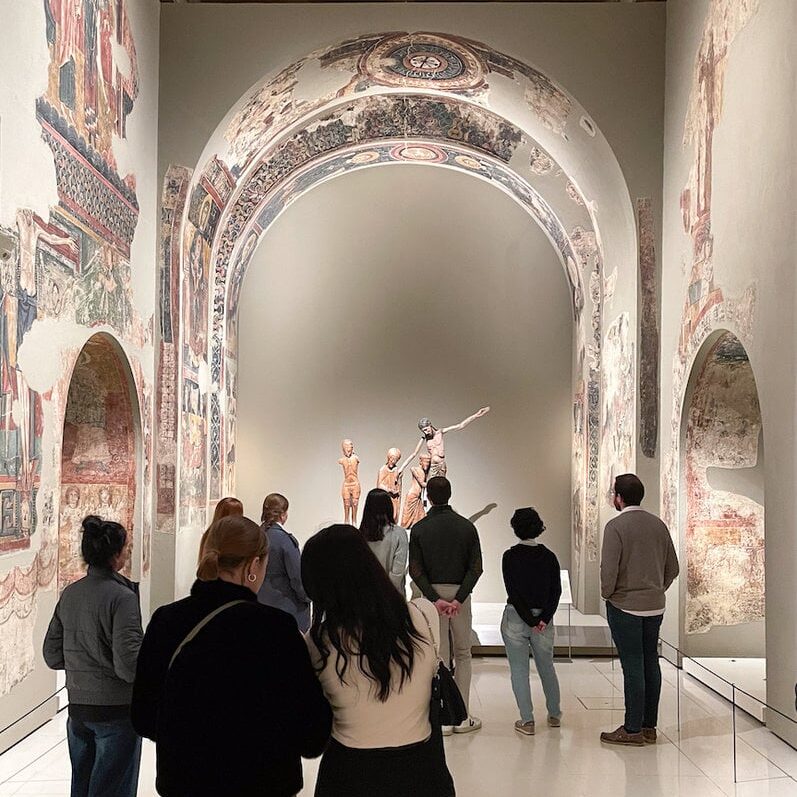
- Romanesque Art: The museum’s crown jewel. These 1,000-year-old frescoes were rescued from rural Catalan churches and carefully reconstructed inside the museum. You’ll see massive apse paintings of Christ Pantocrator and biblical scenes — powerful, simple, and spiritual.
- Gothic Art: Moving into the 13th–15th centuries, this section features altarpieces, sculptures, and panel paintings, with richly decorated religious themes. The detail and color are incredible.
- Renaissance & Baroque: Works by Zurbarán, El Greco, and Rubens connect the Catalan story to broader European traditions. This section often surprises visitors with its grandeur.
- Modern Art: From Catalan Modernisme to Noucentisme and early 20th-century movements. Includes works by Ramon Casas, Santiago Rusiñol, Isidre Nonell, and decorative pieces from Gaudí’s architecture — including wrought-iron gates, furniture, and tiles.
- The Rooftop & Dome: Don’t skip the viewpoint terrace. It offers one of the best views in Barcelona — all the way down to Plaça d’Espanya, Tibidabo, and even the Sagrada Família on a clear day.
About Catalan Art
Catalonia has long been a cultural powerhouse in Europe. From Romanesque murals in Pyrenees churches to the avant-garde explosions of Modernisme, Catalan art reflects the region’s fierce independence, deep spirituality, and constant innovation.
Artists like Gaudí, Casas, Miró, Dalí, and Tàpies all emerged from this rich artistic soil. MNAC brings their context and evolution together — telling a story not just about art, but about Catalonia itself.
Whether you’re an art student, curious traveler, or photography lover, MNAC offers something rare: art that tells a national story.
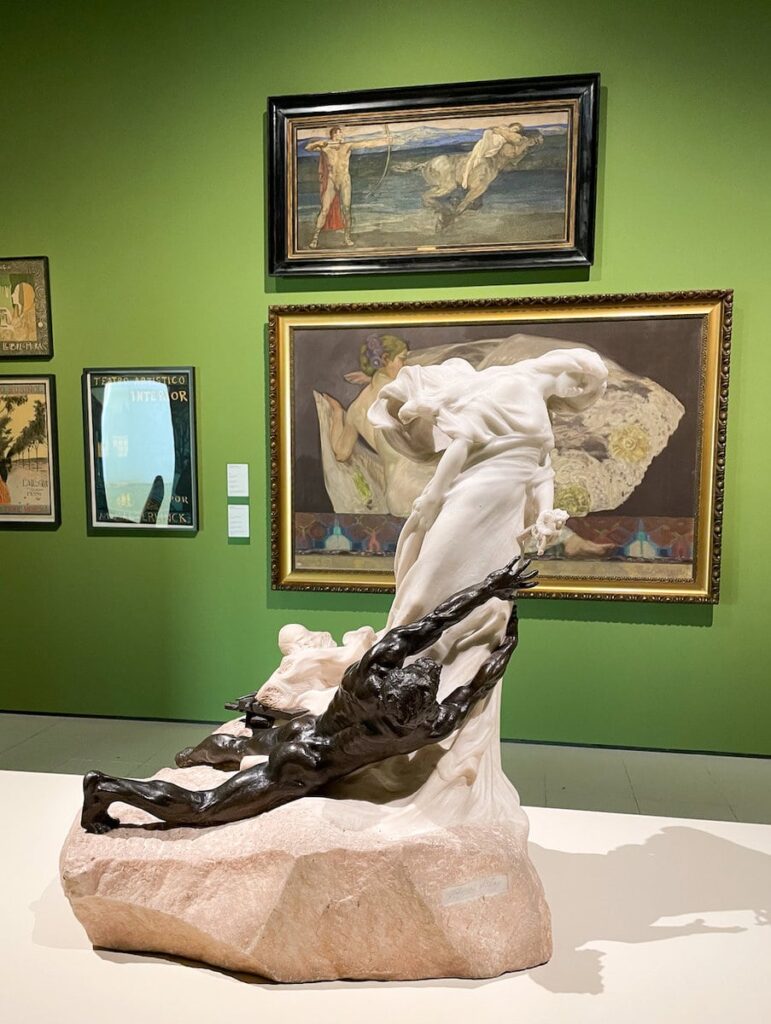
A Short History of Camp Nou
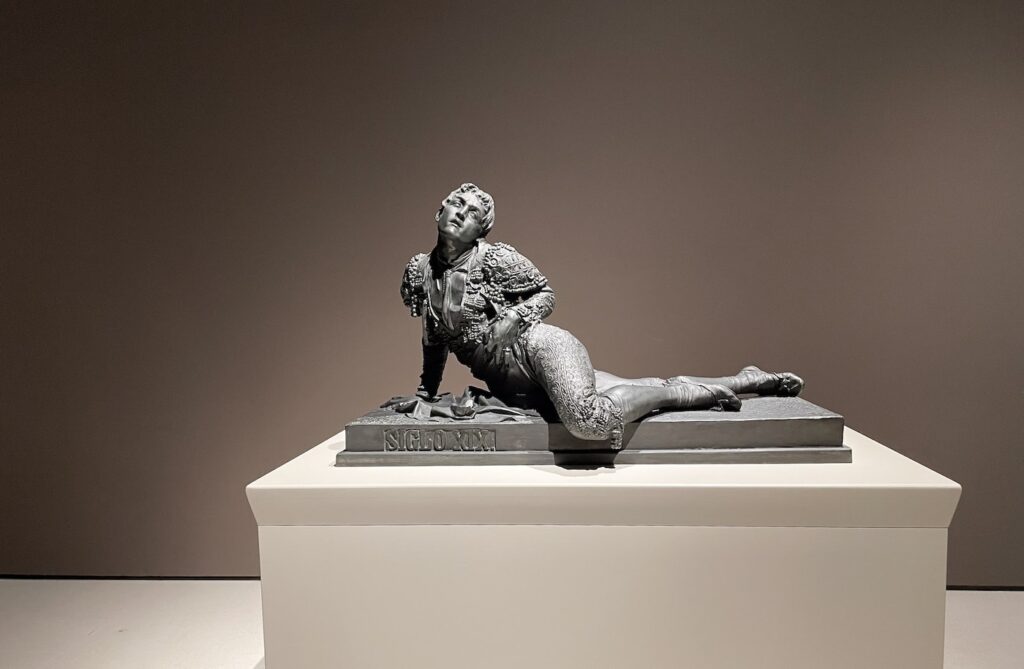
The museum was officially formed in 1990, but its collections date back over a century. Housed inside the Palau Nacional, a grand building from the 1929 International Exhibition, MNAC combines several older museums into one — including the Museum of Modern Art and the Museum of Catalan Art.
In 2004, after years of renovation, the full Modern Art section was opened. Today, MNAC is not only the largest art museum in Catalonia, but also one of the most complete chronological art journeys in Europe — stretching from the 11th century to the 20th.
It’s also a powerful expression of Catalan cultural identity, celebrating local artists, heritage, and resistance through creativity.
Book your MNAC visit and journey through Romanesque, Gothic, and Modernist masterpieces — all inside one of Barcelona’s most iconic buildings.

